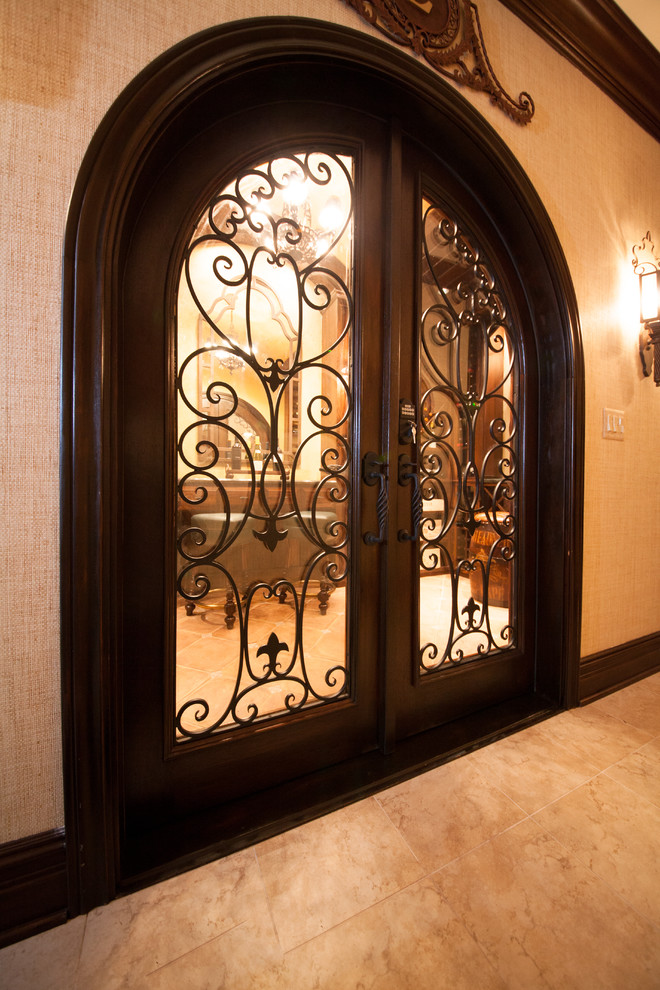
Wine racking is available in various woods and metal. Once you have insulated your walls and found the right cooling unit, you will need some wine racks. See below for more information on cooling units. We carry a wide range of wine cooling systems in sizes to suit spaces as small as a cabinet up to commercial-scale wine rooms. To calculate volume: Width x Depth x Height = cubic area. We size your refrigeration requirements by room volume, climate and total R-factors of your wine cellar. See below for more information on materials. Similar considerations apply to flooring. Once cooling and humidity is operating smells will only get worse, so be careful. All paints and/or stains must be water based and the cellar aired out thoroughly after application to rid the wine cellar of odors. Remember that you can never over-insulate or over-seal your wine cellar.įinished wall surface materials: Drywall (preferable green board) or Redwood and other rot and mildew resistant woods. Use low-voltage track type lighting instead. The use of recessed lighting isn't recommended. Check for air leakage in room, switches, pipes, vents, and other sources. Doors must be weather-stripped and air tight. Glass doors must be dual pane insulated glass and the cooling system must be sized correctly. The door must be solid core or insulated.
#Wine cellar doors windows
Select good doors (and windows, though it is best not to have windows in a wine cellar). The general rule for a cellar is the thicker the walls, the better the insulation factor, the better the cellar remains at a consistent temperature. All cracks should be filled with expanding spray foam. We recommend rigid foam board insulation. Using fiberglass insulation will require 2” x 4” and 2” x 6” fur out to achieve the required R factors. Use 1 ½” rigid (Cleotex/R-max type with foil on both sides) for interior walls, 3” for exterior walls and ceiling.
#Wine cellar doors install
Install vapor barrier on walls and ceiling.įur out walls using 2” x 2” or 2” x 4” strips. Seal concrete floor with water-based sealant (Make sure if you are going to tile the floor that the sealant is compatible with tile adhesive). All walls and ceiling must be wrapped in plastic for a complete vapor barrier. The most common method is to wrap the entire interior, leaving the plastic loose in the stud cavity so the insulation can be placed between each stud. If it is impossible to get to the outside, then the plastic must be applied from within the cellar. The vapor barrier must be either applied to the outside walls and ceiling. Putting the vapor barrier on the wine cellar side of the insulation will cause the humidity to condensate on the barrier and could cause damage to your walls. The warm side means that the vapor barrier is protected from wine cellar (cold side) by insulation. Vapor Barrier: The vapor barrier (we recommend a 6 or 8 mil plastic sheeting) must be installed on the warm side of the insulation. Any above ground floors need to be R-19 with a vapor barrier. E-mail or call 1 80.Ĭeiling: The ceiling must have a minimum of R-19 insulation and a vapor barrier.įloor: concrete ground floors need a vapor barrier only (sealed with concrete sealant).
#Wine cellar doors free
Please feel free to contact us for any additional information on wine cellar building or wine cellar design. This article is a brief guide additional information is available in the Wine Storage Education Center. A properly constructed wine cellar will allow you to use the smallest cooling system possible.


Room preparation of your wine cellar is key to controlling the environmental factors that may negatively affect the storing and aging of your wine. Installing a wine cooling system in the wall without converting the room correctly will not work properly and could cause damage to your walls, ceiling and most of your wine.

When building a wine cellar, the wine cellar must be designed and constructed like a refrigerator. By: Gene Walder Category: Wine Cellar Ideas


 0 kommentar(er)
0 kommentar(er)
